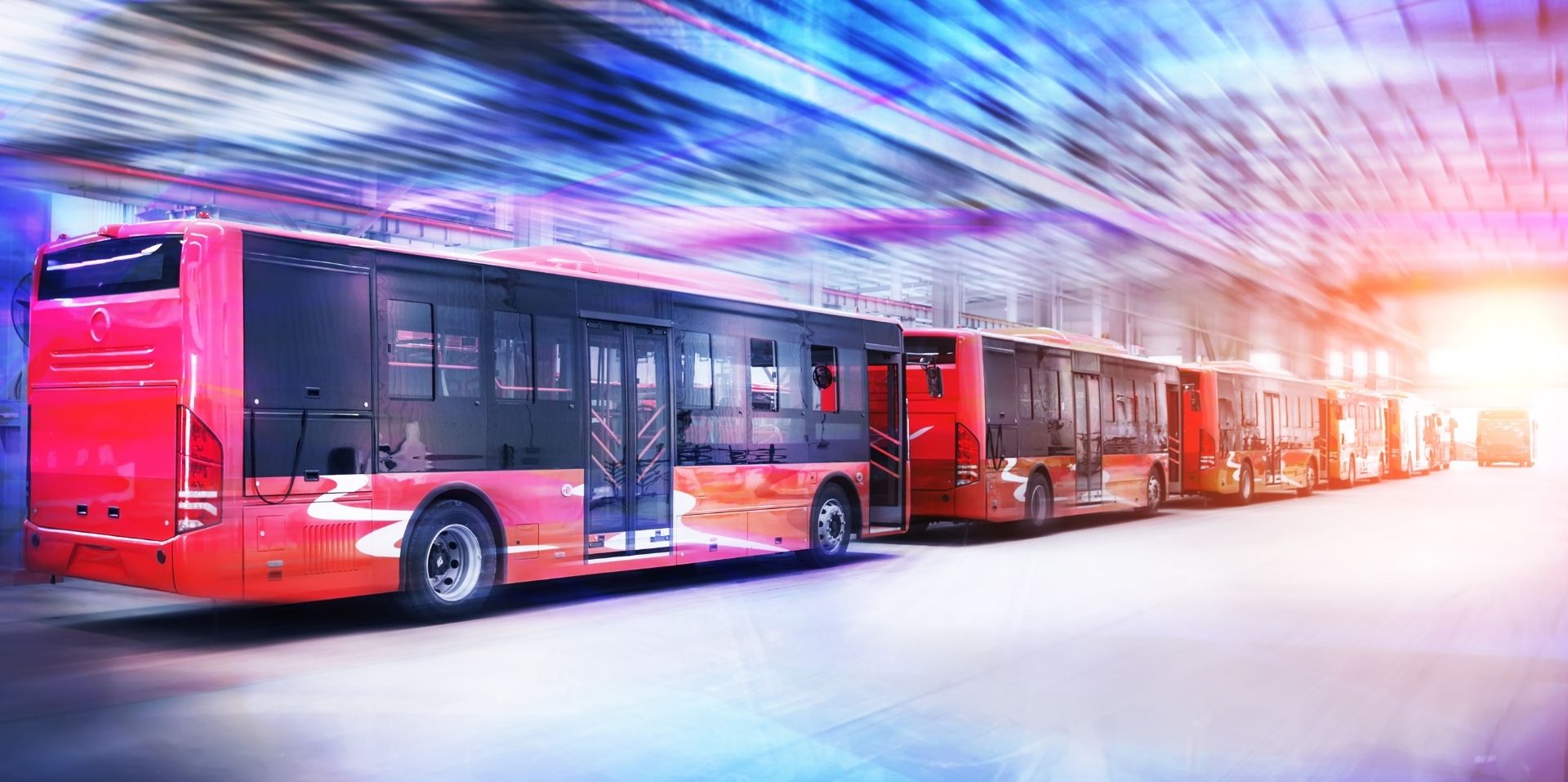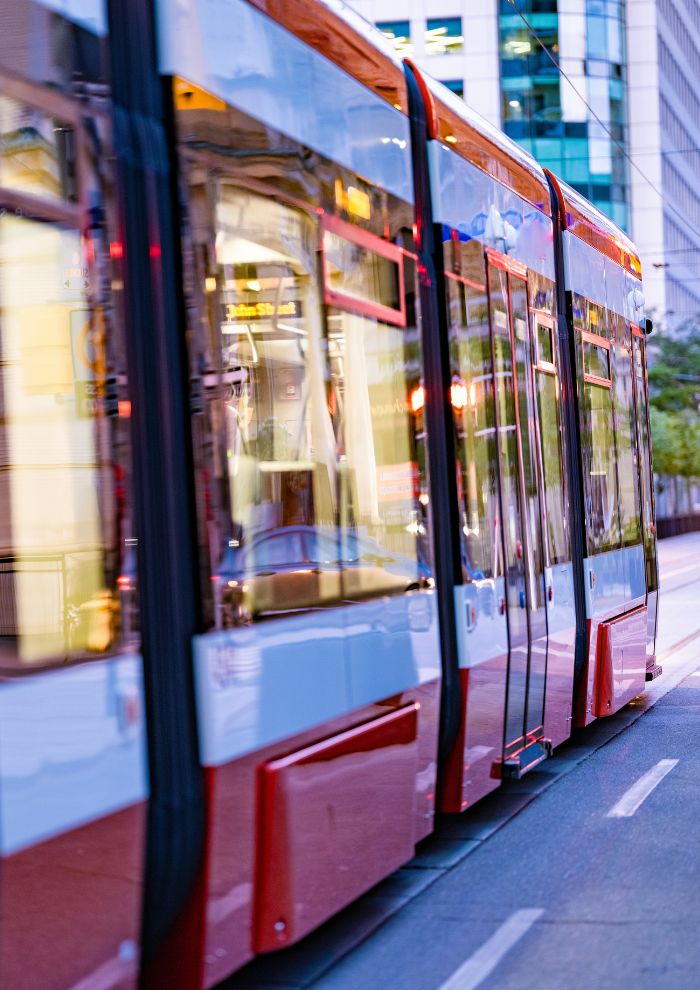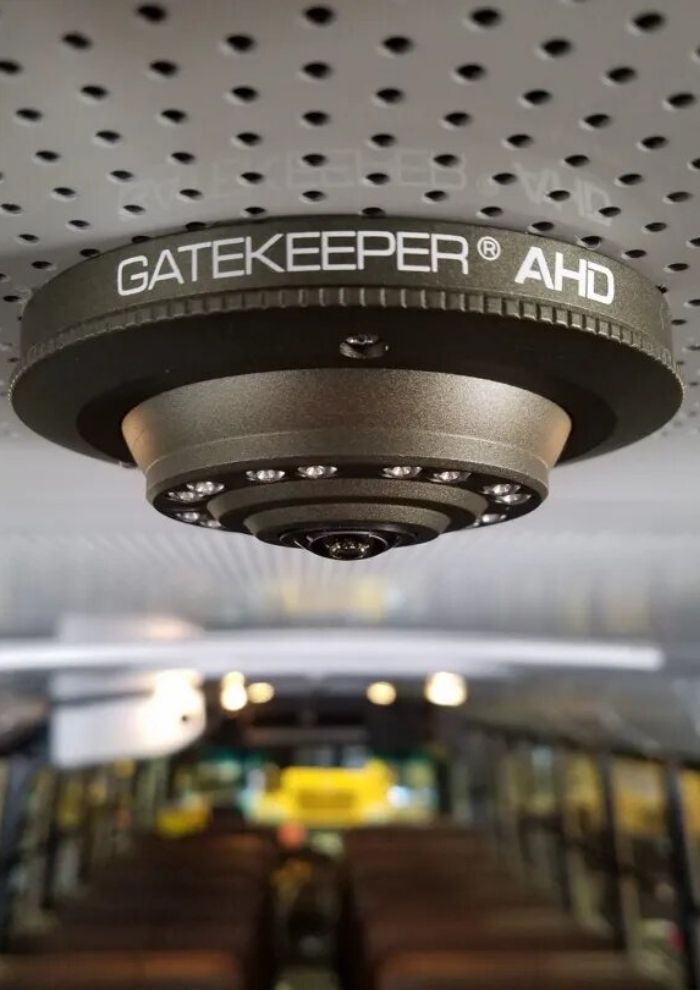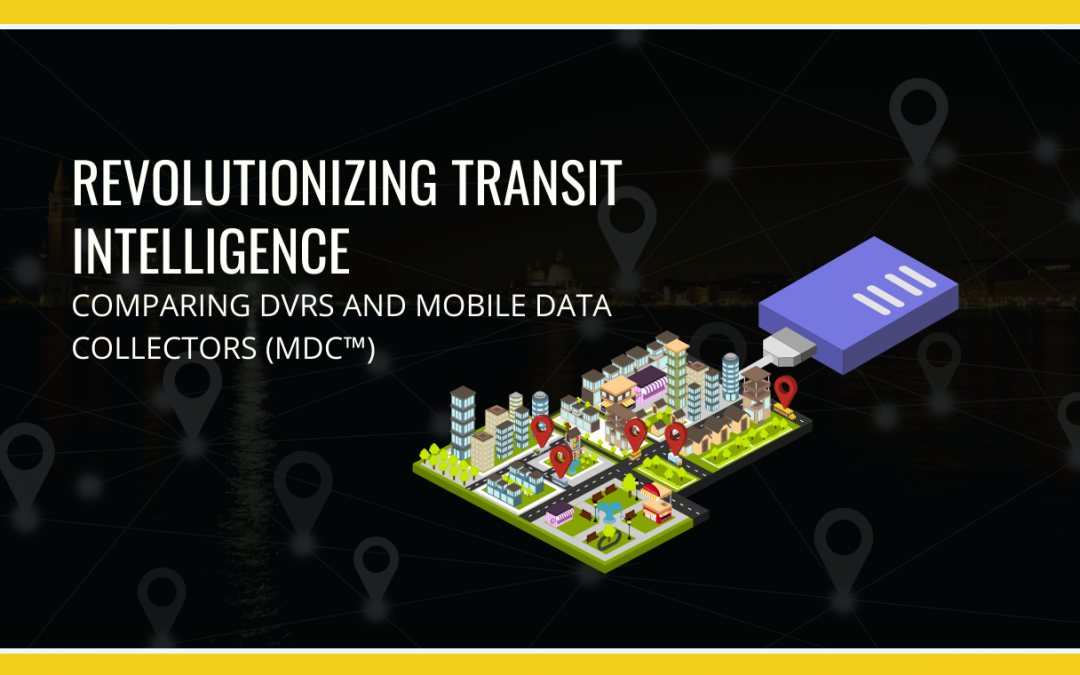Revolutionizing Transit Intelligence: Comparing DVRs and Mobile Data Collectors (MDC™)
There is a shift happening in the transportation technology. The next evolution in video and data recording has arrived with the technologically advanced Mobile Data Collectors (MDC™).
This is more than just a change in equipment. It’s a step into a future where data plays a crucial role in enhancing the safety, efficiency, and intelligence of transportation systems.
Digital Video Recorders (DVRs) have long been a fundamental part of surveillance and data recording. They have provided the basic but key function of recording and storing video footage.
However, in today’s data-driven world, the demands on transportation systems have gone past the capabilities of standard DVRs. Mobile Data Collectors have emerged as an innovative solution that can take transit data management to the next level.
Mobile Data Collectors are not limited to just data recording. These advanced devices can perform computations at-the-edge (on the bus) to analyze and optimize the vast amounts of video recorded.
This is a giant leap forward in terms of sophisticated data collection and analysis.
The transition from DVRs to MDCs marks an important milestone in the journey toward more interconnected and intelligent transportation systems.
Understanding DVRs and MDCs: A Comparison
In transportation systems, the collection and analysis of data play key roles.
Understanding the differences between Digital Video Recorders (DVRs) and Mobile Data Collectors (MDCs) is critical in understanding how advanced this new technology is and how it will affect the transportation sector.
Digital Video Recorders (DVRs): Traditional Data Capturing
Basic Functionality: DVRs are primarily used for recording and storing video footage. They have been a key tool in surveillance by capturing continuous video data that can be reviewed and analyzed.
Limited Analytical Capabilities: The main function of DVRs is to record and store video. They cannot analyze data or provide real-time insights, any analysis has to be done manually.
Storage Focused: DVRs emphasize storage capacity, ensuring that video data is not lost over time. However, video retrieval and analysis is mainly a manual process.
Infrastructure Requirements: DVRs often need a lot of infrastructure for data storage and retrieval, which can impact operational costs and make it much more difficult to scale.
Limited Integration: DVRs are older technology, and the amount of integration they can offer in a Smart City infrastructure is limited.
Mobile Data Collectors (MDCs): Advanced, Intelligent Systems
Enhanced Data Analysis: MDCs go beyond basic recording. They are intelligent devices that automatically analyze and optimize the vast amounts of data collected in real-time. This feature is especially important in sectors like transportation, where conditions can change rapidly.
Real-Time Incident Management: With wireless connectivity, MDCs offer real-time access to data, which is essential for immediate response to incidents.
Incident Flagging: MDCs can automatically flag video segments for review based on pre-set criteria, such as rapid deceleration or erratic driving behavior.
“Black Box” Capabilities: These devices act as crash-worthy “black boxes,” capturing crucial data to aid in accident investigations.
Centralized and Efficient Data Management: Equipped with Wi-Fi and wireless connectivity, MDCs enable efficient, centralized data management. This ease of access, analysis, and long-term storage allows for the streamlining of data management.
Integration with Smart City Ecosystems: MDCs play a significant role in the Smart City ecosystem, interconnecting various modes of transportation for a more efficient and intelligent transit system. They enable data-driven decision-making, optimizing operational efficiency and passenger experience.
Long-term Strategic Planning: The sheer amount of data collected by MDCs helps in long-term strategic planning, which allows operators to identify trends, optimize resources, and plan for future transportation needs.
Conclusion
The shift from DVRs to MDCs is similar to the change from flip phones to smartphones. While DVRs provide a foundation for video surveillance, MDCs offer a comprehensive, intelligent solution.
Their ability to provide real-time insights, enhance safety, and integrate seamlessly with Smart City ecosystems places MDCs as essential tools in the modern transportation landscape.
As we become even more data-driven, the role of MDCs in shaping intelligent and efficient transportation systems is only going to become more essential.





